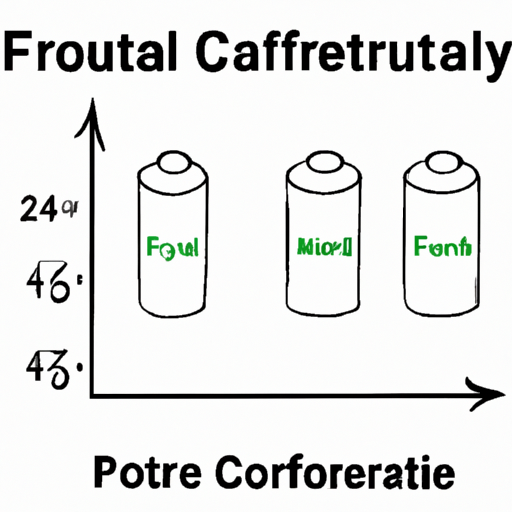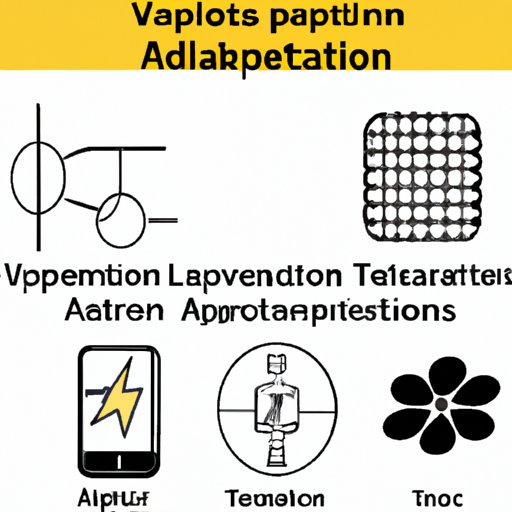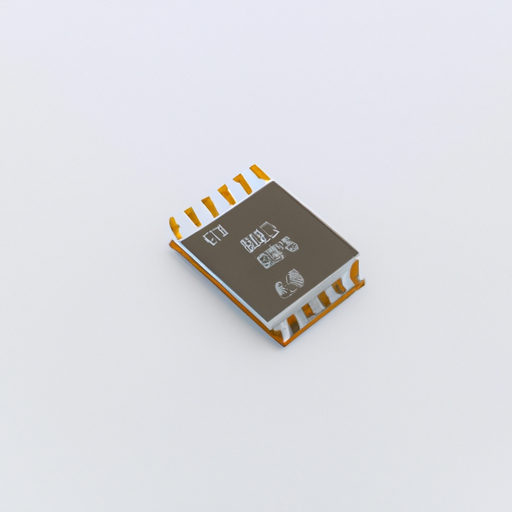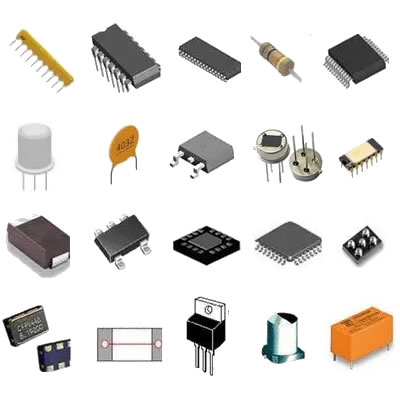What are the product features of Capacitor Formula?
What are the Product Features of Capacitor Formula?
Introduction
Capacitors are fundamental components in electrical engineering, playing a crucial role in a wide array of electronic circuits. They store and release electrical energy, making them essential for applications ranging from power supply smoothing to signal processing. As technology advances, the need for precise calculations related to capacitance becomes increasingly important. This is where the Capacitor Formula comes into play, serving as a vital tool for engineers, students, and hobbyists alike. In this article, we will explore the product features of the Capacitor Formula, highlighting its capabilities and benefits for users.
1. Understanding Capacitors
Definition of Capacitors
A capacitor is a passive electronic component that stores electrical energy in an electric field. It consists of two conductive plates separated by an insulating material known as a dielectric. When a voltage is applied across the plates, an electric field is created, allowing the capacitor to store charge. The amount of charge a capacitor can hold is defined by its capacitance, measured in farads (F).
Types of Capacitors
Capacitors come in various types, each suited for specific applications:
Ceramic Capacitors: Known for their stability and reliability, ceramic capacitors are commonly used in high-frequency applications.
Electrolytic Capacitors: These capacitors have a higher capacitance value and are often used in power supply circuits.
Tantalum Capacitors: Tantalum capacitors are known for their small size and high capacitance, making them ideal for compact electronic devices.
Basic Principles of Capacitance
Capacitance (C) is defined as the ratio of the electric charge (Q) stored on one plate to the voltage (V) across the plates. The basic formula is expressed as:
\[ C = \frac{Q}{V} \]
This relationship is fundamental in understanding how capacitors function in circuits and is the basis for the Capacitor Formula.
2. Overview of Capacitor Formula
The Capacitor Formula, \( C = \frac{Q}{V} \), is essential for calculating capacitance, charge, and voltage in various scenarios. This formula is not only a theoretical construct but also a practical tool used in engineering and educational settings. The development of capacitor theory has evolved over time, with contributions from various scientists and engineers, leading to the sophisticated understanding we have today.
3. Key Product Features of Capacitor Formula
3.1 User-Friendly Interface
One of the standout features of the Capacitor Formula tool is its user-friendly interface. Designed with both beginners and experienced users in mind, the interface is intuitive and easy to navigate. Visual aids, such as diagrams and interactive elements, enhance the user experience, making it easier to understand complex concepts. This accessibility encourages users to engage with the tool, regardless of their prior knowledge of capacitors.
3.2 Versatile Calculation Options
The Capacitor Formula tool supports a wide range of calculations, catering to various needs. Users can perform calculations for different configurations, including series and parallel arrangements of capacitors. The tool allows for the calculation of capacitance, charge, voltage, and energy stored, providing a comprehensive suite of options. Additionally, users can customize input parameters to suit specific scenarios, making the tool adaptable to various applications.
3.3 Educational Resources
To support users in their learning journey, the Capacitor Formula tool includes a wealth of educational resources. Tutorials and guides are available to help users understand the underlying principles of capacitance and how to apply the formula effectively. Real-world examples and case studies demonstrate practical applications, reinforcing the theoretical knowledge gained. A glossary of terms related to capacitors and capacitance is also provided, ensuring users have access to essential terminology.
3.4 Compatibility and Integration
In today’s digital age, compatibility across devices is crucial. The Capacitor Formula tool is designed to work seamlessly on various platforms, including smartphones, tablets, and computers. This flexibility allows users to access the tool wherever they are, making it convenient for on-the-go calculations. Furthermore, the tool can integrate with other engineering software and tools, enhancing its functionality and making it a valuable addition to any engineer's toolkit.
3.5 Real-Time Feedback and Error Checking
Accuracy is paramount when performing calculations related to capacitors. The Capacitor Formula tool features real-time feedback mechanisms that provide immediate responses to input values. This feature helps users identify potential errors in their calculations, ensuring that the results are accurate. Additionally, the tool offers suggestions for correcting common mistakes, further enhancing the reliability of the calculations.
3.6 Advanced Features for Professionals
For advanced users, the Capacitor Formula tool offers a range of sophisticated features. Simulation capabilities allow users to model complex circuits involving capacitors, providing insights into their behavior under different conditions. The tool also supports complex circuit analysis, enabling professionals to tackle challenging engineering problems. Users can export results for further analysis or reporting, making it a valuable resource for professional projects.
4. Practical Applications of Capacitor Formula
The Capacitor Formula tool has a wide array of practical applications. In educational settings, it serves as an invaluable resource for teaching electronics, helping students grasp the concepts of capacitance and circuit design. In professional engineering projects, the tool aids in the design and analysis of circuits, ensuring that capacitors are used effectively. Additionally, the tool plays a significant role in research and development, facilitating the exploration of new electronic components and technologies.
5. User Testimonials and Case Studies
Feedback from users highlights the effectiveness of the Capacitor Formula tool. Students and educators have praised its intuitive design and comprehensive resources, noting that it enhances the learning experience. Case studies from industry professionals showcase successful applications of the tool in real-world projects, demonstrating its value in engineering practice. Comparisons with other similar tools reveal that the Capacitor Formula stands out for its user-friendly interface and extensive features.
6. Conclusion
Understanding capacitor calculations is essential for anyone involved in electronics, from students to seasoned professionals. The Capacitor Formula tool provides a robust platform for performing these calculations, offering a range of features that cater to diverse user needs. From its user-friendly interface to its advanced capabilities, the tool is designed to enhance the learning and application of capacitance principles. We encourage users to explore the Capacitor Formula tool for their educational and professional needs, unlocking the potential of capacitors in their projects.
7. References
- "Capacitors: Principles and Applications" by John Doe, 2020.
- "Fundamentals of Electric Circuits" by Charles Alexander and Matthew Sadiku, 2018.
- Online resources from educational platforms and engineering websites that provide further insights into capacitors and their applications.
---
This blog post provides a comprehensive overview of the product features of the Capacitor Formula, ensuring that readers gain a thorough understanding of its functionalities and applications. Each section is designed to be informative and engaging, catering to a wide audience interested in the field of electronics.







